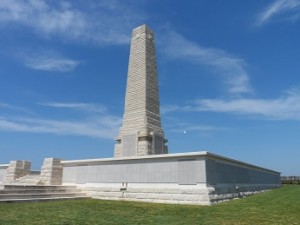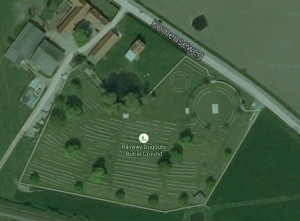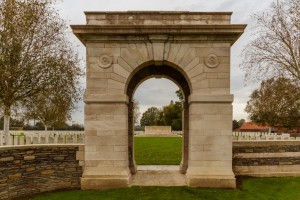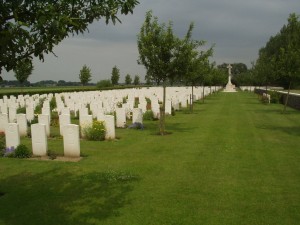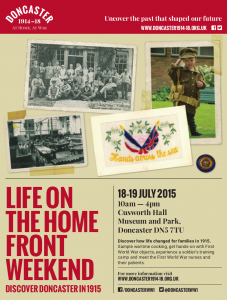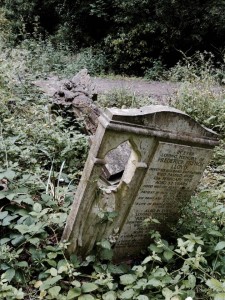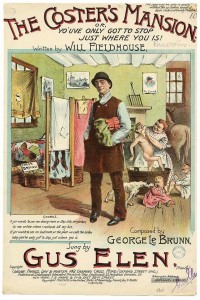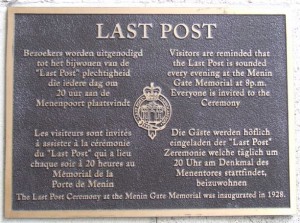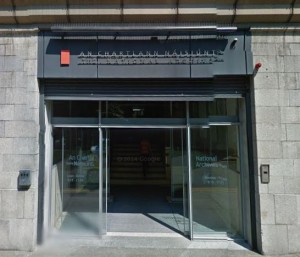Victoria Cross Trust at Ashworth Barracks
After wanting to visit Ashworth Barracks for quite a while, I finally visited earlier this month armed with a small file with information about one of my two distant family members who had been awarded the Victoria Cross..
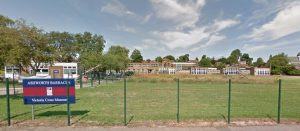
Ashworth Barracks
Set within a disused school, the museum is surrounded by houses and feels part of the community. Access is easy. I arrived via the A1, exiting at junction 36 and heading towards Doncaster where there were a few signs pointing the way.
After paying my entrance fee, I was already to go, but it was suggested that if I wait a few minutes I would be on the next guided tour……..am I glad I waited!
Paul, one of the volunteer guides arrived and as I was the only visitor at the time, I had a personal guided tour.
I had mentioned at reception that I had a distant connection to two V.C holders and as my guide and I walked across to the museum entrance, he commented to a couple of men about my connection. One of the men had heard of my recipient – I was surprised as it is hard to find any mention of him in books connected to either the Victoria Cross or Victoria Cross recipients. Could my day get any better………………yes, it could and it did.
The museum depicts the story of the Victoria Cross from its early days to modern times by the use of static displays, individual displays and representation. Paul and the other volunteer guides have a vast knowledge of the recipients, all men, and their deeds. Although women have been eligible to receive the Victoria Cross since 1921 there have been no female recipients since then.
During my visit one of the stories I heard was that of Stanley Elton Hollis VC, who served in the Green Howards who had the distinction of receiving the only Victoria Cross awarded on D-Day. My father served in the Green Howards and like Stanley landed on Gold Beach.
One of the exhibits is a living room and backyard depicting a house during the time of WW2, with a welcoming fire, chair and outhouse with a bath hanging on the wall. Other exhibits include a mound of army desert boots under a draped Union Flag – the exhibit has no explanation, no photographs, it doesn’t need anything, the boots and the flag say all that needs to be said.
Another section of the museum houses a collection of German militaria. Some may not agree or feel comfortable that German artefacts are kept within the walls of a museum focusing on Commonwealth forces. But, and there is always a but! To have a war or conflict there has to be an enemy. Without the enemy would there be the Victoria Cross? Without the Victoria Cross would there be the Ashworth Museum? There are always two sides – and you can’t have one without the other. Artefacts included in this small section are letters, documentation and militaria.
A guided tour normally take around two hours – I think mine lasted a little longer than that. Did I mind? No, as I was fortunate enough to hold a medal worn by one of my distant relatives. Paul, my guide was as surprised as I, when we learnt that the medal was part of the museum’s collection. I told you my day could only get better and it certainly did.
Did I have a good visit? Yes.
Was the entrance fee of £7 worth it? Yes.
Would I recommend the museum? Yes.
Will I be going back? Yes, of course I will.
